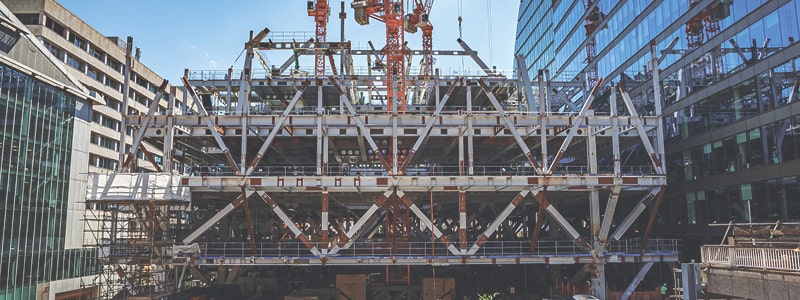
Structural Engineering
With a rich history of engineering excellence spanning five continents across four decades, our structural engineers have the key role of designing the ‘skeleton’ that connects all design disciplines. Our innovative “design for delivery” approach – coupled with our consideration of sustainable design, and our willingness to take the lead in developing creative, unique engineering solutions – assists our clients greatly to solve the cost, risk and time challenges faced by their projects.
Every Size, Shape and Sector.
Our award-winning expertise in the structural design of complex and architecturally-iconic structures – including tall buildings, stadiums, airports and major retail centres – has provided a valuable legacy for cities and communities across the globe. Whether it’s a tall tower, deep basement, long-span roof or life extension of an existing heritage building – our structural engineers have the skills and knowledge to deliver best-for-project results, every time. Our engineers are experienced and adept in all modern construction materials and systems – not only in concrete, masonry and steel, but also in timber and aluminium – as well as structural fabrics, composites and plastics. Considerations of sustainability are fundamental in our approach to structural design – we design to achieve a circular economy, minimise waste, and extend the lifespans of existing structures.
At Robert Bird Group, we take a unique approach to structural engineering through our in-house development of cutting-edge digital technologies, coupled with our advanced understanding of construction complexity. This gives us the ability to both develop and deliver enhanced engineering solutions for even the most complex and unique of projects. Our specialists structural engineering skill sets include:
- Design of new structures utilising concrete, steel, timber, aluminium, masonry, or hybrids of these
- Modification, repair and life extension of existing structures
- Foundation systems
- Temporary and permanent shoring and retention systems for shallow or deep basements
- Embodied carbon measurement of new and existing structures, and minimisation of same
- Development of digital tools that optimise structural performance and material usage
- Structural response to wind events
- Structural response to seismic events
- Lateral dynamics and stability, for buildings from 1 to 150 floors in height
- Vibration-sensitive structures, including floors
- 3D finite element analysis of structures
- 4D time-history analysis of structures
- Temporary or demountable structures
- 2D flat-pack and 3D volumetric modular structures
- Structural responses and solutions to blast events, i.e. “hardened” structures
- Long-span roof systems, from 20 to 250 metres
- Tensile fabric structures
- Structures in corrosive, coastal or marine environments
- Structural façade engineering
- Moving structures (operable roofs, moving platforms, etc)
- Structural support for internal fit-outs, e.g. stairs, compactus, heavy MEP, AV equipment, etc
- Fit-out detailing for seismic events
- Support for feature installations, e.g. artwork, sculptures, stages, hanging objects, etc.
- Cable-net roof structures
Robert Bird Group brings a wealth and range of experience to the field, from high-profile architectural pedestrian bridges to large-scale underground box structures in complex urban environments. From this, we can quickly and efficiently identify the optimal solution and create a design to suit each project’s specific constraints and environment. We approach the design of these specialist structures by getting to understand the drivers for our clients, and their ultimate customers – typically the general public. We are committed to achieving value for our clients, which experience has shown often benefits from the application of our in-house cross-sector expertise.
We have developed experience in delivering:
- Asset and condition surveys for structures that are part of – or impacted by - infrastructure projects
- Asset protection and management services with statutory authorities and infrastructure operators
- Movement monitoring specification and interpretation
- Bridges of all types and sizes
- Earth retention systems of all types and sizes
- Underground rail or bus station structures
- Integration of infrastructure with Over-Station Developments (OSDs)
- Above-ground rail and bus station structures